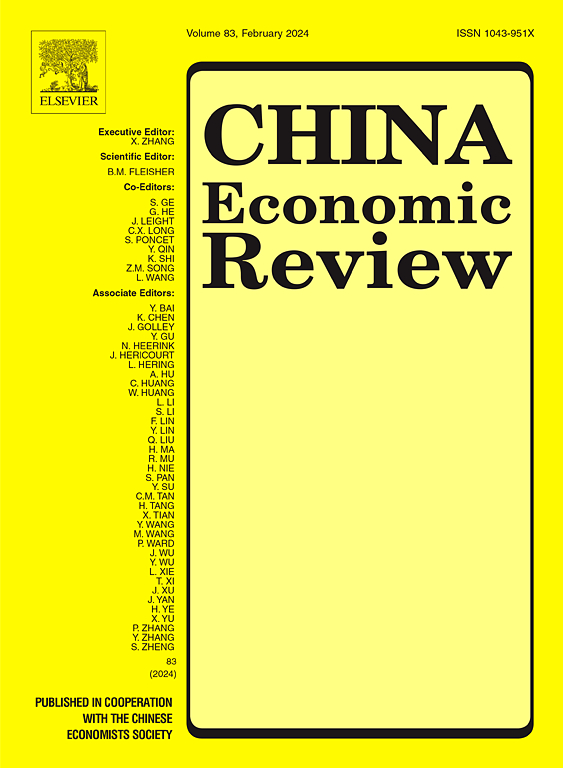Quantifying the distributional effects of urbanization and migration in China
IF 5.5
1区 经济学
Q1 ECONOMICS
引用次数: 0
Abstract
This paper investigates the distributional effects of urbanization and migration in China by employing a two-sector spatial equilibrium model and population censuses in 2005 and 2015. Our analysis reveals that rural migrants who are predominantly low-skill exhibit higher substitutability with urban low-skill natives than with urban high-skill natives. Taking into account changes in nominal wages, housing prices, and local amenities, our quantitative results suggest that the reduction in rural-urban migration costs over the period contributed to an overall increase in national welfare of approximately 4 % to 5 %. Rural population experiences the largest welfare improvements, with gains ranging from 5.84 % to 7.74 %. Assuming an equal distribution of rental income among native residents, high-skill urban population experiences welfare increases between 0.96 % and 1.37 %, whereas low-skill urban population receives comparatively smaller gains, ranging from 0.25 % to 0.55 %. By contrast, urban population without housing ownership incurs welfare losses of 0.39 % to 1.89 %.
量化中国城市化和人口迁移的分配效应
本文采用两部门空间均衡模型和2005年和2015年的人口普查数据,对中国城市化和人口迁移的分布效应进行了研究。我们的分析表明,以低技能为主的农村移民与城市低技能本地人相比,与城市高技能本地人表现出更高的可替代性。考虑到名义工资、房价和当地便利设施的变化,我们的定量结果表明,在此期间,农村向城市迁移成本的降低有助于国家福利的总体增长约4%至5%。农村人口的福利改善幅度最大,从5.84%到7.74%不等。假设租金收入在本地居民中平均分配,高技能城市人口的福利增长在0.96%至1.37%之间,而低技能城市人口的福利增长相对较小,在0.25%至0.55%之间。相比之下,没有住房的城市人口的福利损失为0.39%至1.89%。
本文章由计算机程序翻译,如有差异,请以英文原文为准。
求助全文
约1分钟内获得全文
求助全文
来源期刊

中国经济评论
ECONOMICS-
CiteScore
10.60
自引率
4.40%
发文量
380
期刊介绍:
The China Economic Review publishes original works of scholarship which add to the knowledge of the economy of China and to economies as a discipline. We seek, in particular, papers dealing with policy, performance and institutional change. Empirical papers normally use a formal model, a data set, and standard statistical techniques. Submissions are subjected to double-blind peer review.
 求助内容:
求助内容: 应助结果提醒方式:
应助结果提醒方式:


